Almost every owner of an apartment or house dreams that his home is beautiful, and the interior is distinguished by sophistication and luxury. But not everyone is ready to spend a large amount on wall repairs. In this case, doing the wall decoration with Venetian stucco with your own hands will be the perfect option for interior decoration. This material organically fits both in the classic design of the apartment and in modern style.
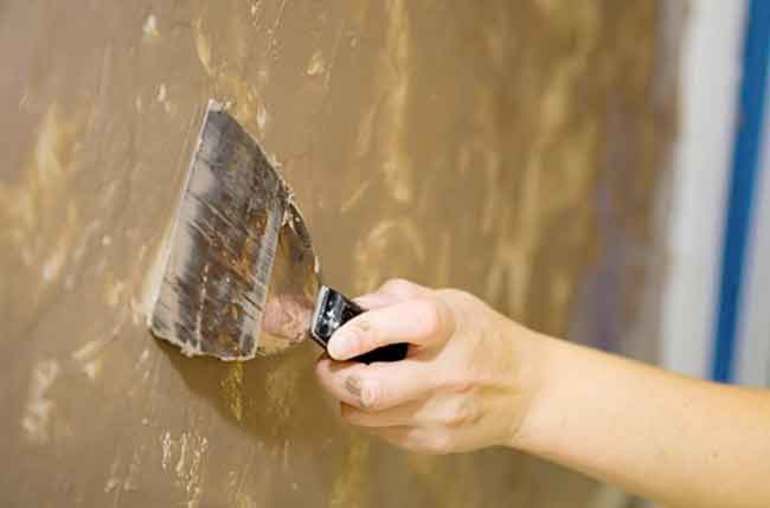
Content
Rules for selection, manufacture and application

Venetian or Byzantine plaster is called a decorative coating, which imitates stone or popular varieties of marble. The main component of the material is stone chips mixed with acrylic. But using various application techniques, you can simulate the effect of silver, gold or bronze spraying, as well as create the appearance of a leather or wooden coating on the walls. A similar technique is effectively used both for interior wall decoration and for exterior.
The plaster itself is transparent. Its color changes at the request of the owner by adding various dyes. You can apply the composition on a brick, concrete or wood.
On the plaster, you can recreate the relief pattern, which will give it even more texture. A dull or glossy surface can be created using wax.
Advantages and disadvantages
Do-it-yourself applying a Venetian is a simple matter, and almost anyone who knows how to hold a spatula can handle it. In addition, this technology has many advantages. The main ones are:
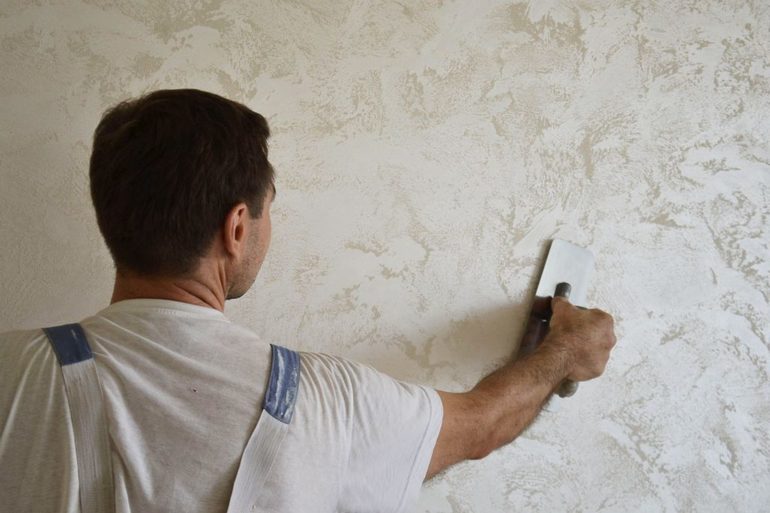
- strength;
- moisture resistance;
- ecological cleanliness;
- long service life;
- simplicity in leaving;
- resistance to temperature extremes.
The only significant drawback of this method of wall decoration is the high cost of the source material. But this minus can not be taken into account - the result of working with this material will be above all expectations. A similar effect cannot be achieved in any other way of decoration.
DIY making
In order to significantly reduce the cost of material, you can make Venetian stucco with your own hands. The master class on mixing it from ordinary acrylic putty is quite simple. To make the appropriate composition you will need:
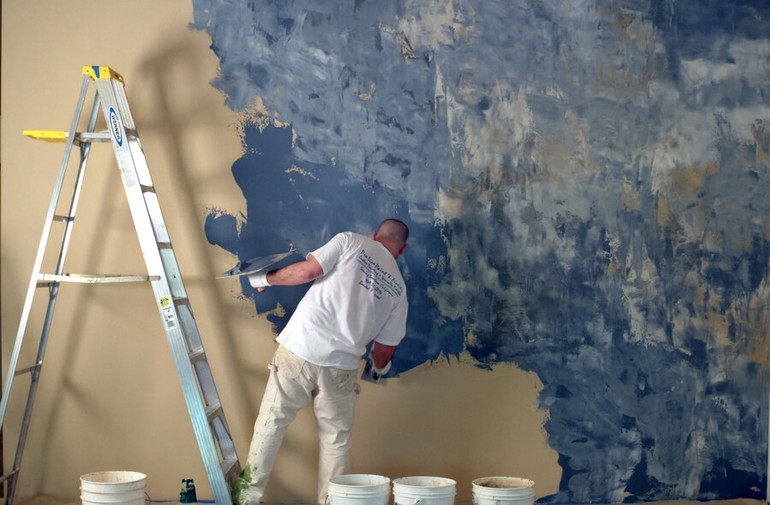
- fine stone chips or marble flour;
- putty or acrylic additive;
- colors for paint;
- water.
Putty and stone chips are mixed in equal parts. It is necessary to add a little liquid soap to the resulting mixture, mix thoroughly and add color.
You can choose any shade, but remember that after drying, the paint will become a little lighter. But it is more efficient to purchase a finished composition in which all proportions are strictly observed.
Plastering
Before starting the finishing work, it is required to prepare the necessary tools and conduct preparatory work on the repaired surface. The most popular items when applying the Venetian will be:
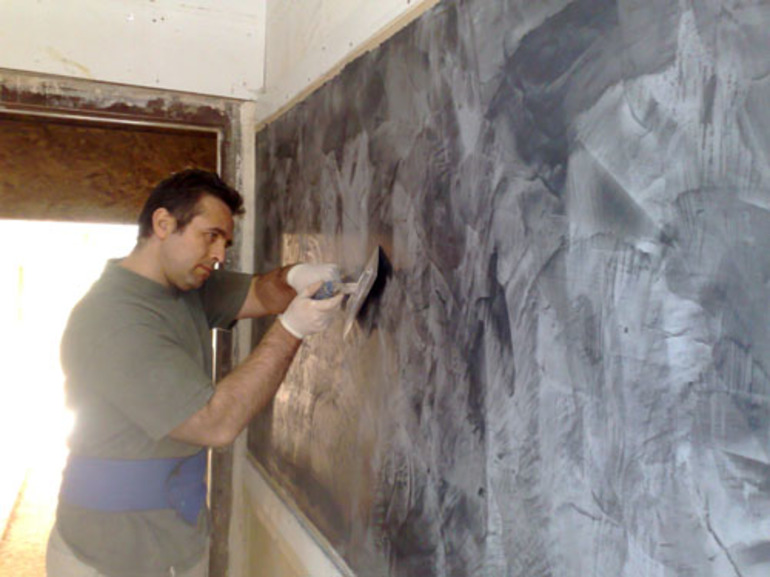
- putty and primer;
- finished plaster;
- wax and water emulsion;
- drill with mixer nozzle;
- spatulas and trowels of different sizes;
- sponges and rags;
- ironer;
- sandpaper of different stiffness.
First, you need to remove old wallpaper or plaster from the surface of the walls and level it. After drying, the walls need to be cleaned from roughness and roughness. The next stage of finishing will be the application of the starting putty, and after it dries, the finish.
When the finishing putty is dry, the walls should be treated with large sandpaper to create the basis for the Venetian. At the last stage of preparation, you need to apply several layers of primer. Before each subsequent layer, the previous one must be allowed to dry.
Applying Venetian Plaster occurs in several stages. The first layer is the thinnest, they need to cover the entire area of the walls. Further, the material will be applied using a trowel or spatula in an arc.
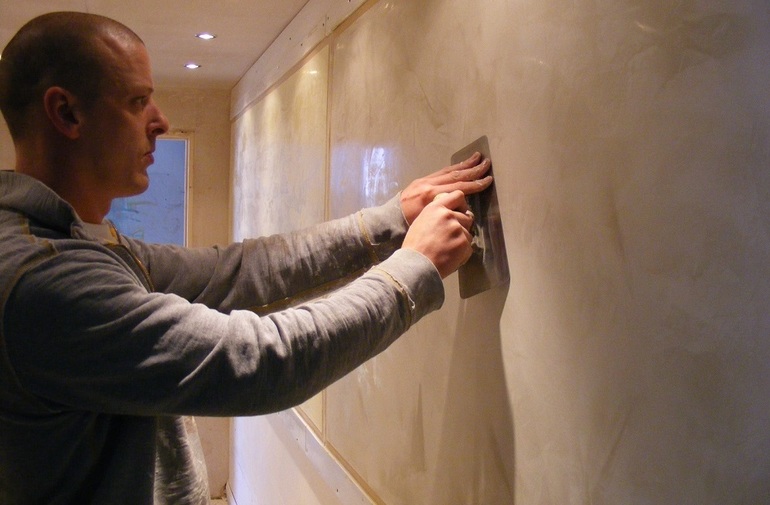
There will be as many layers as necessary to create the desired texture. Each subsequent smear should be done with a different shade of plaster, so that in the end you get the intended pattern on the surface.
The last layer is wax., which will give the plaster a matte finish or gloss, and also protect it from moisture. After drying, the entire surface is wiped with a soft flannel. Touching the walls is prohibited for 6 hours to avoid dents and scratches.
If you know what Venetian plaster is, how to apply it on the surface with your own hands and how to protect it from scratches and other damage, then you can make repairs in the apartment without hiring a finisher. However, work should be done in accordance with expert advice so as not to spoil the material.

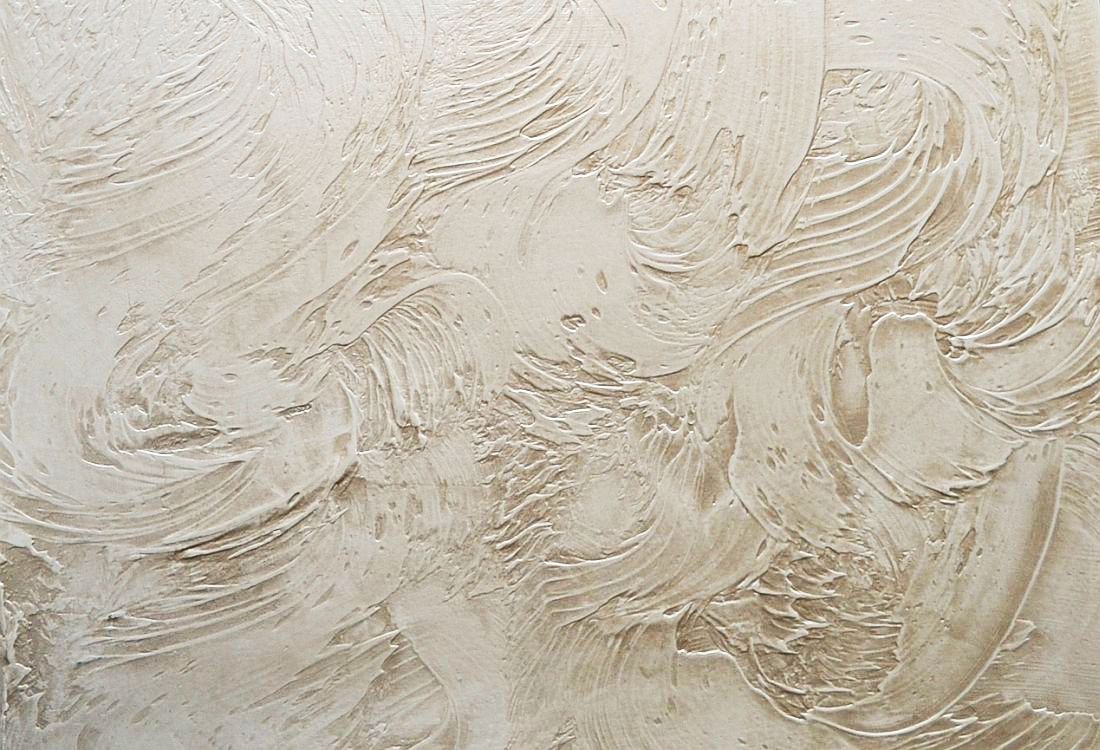



Alas, no comments yet. Be the first!